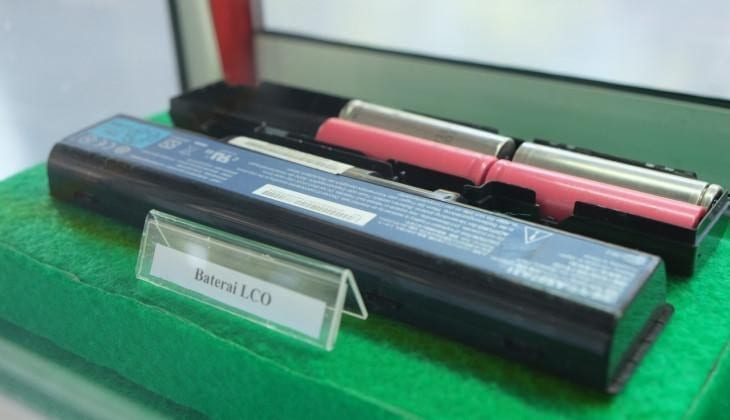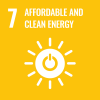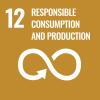
In line with government regulations on the use of Battery Electric Vehicle, automotive industry players and related business in Indonesia are getting geared up to continue moving towards the use of electric vehicles.
Faculty of Engineering UGM has done research into recycles of valuable metals, particularly used lithium batteries as a component of electric vehicles.
“Among important components of electric vehicles, batteries as electric energy storers are the heart of the electric vehicle. Until today, lithium batteries are the most important component that sets the prices of electric vehicles,” said Muslim Mahardika, ST, M.Eng., Ph.D, on Thursday (12/9).
He explained around 50-70 percent of the price of lithium battery is determined by the use of battery materials. Components include cathode which contributes to 20-25 percent of battery price. Depending on the battery, metals such as lithium, nickel, cobalt, and manganese are the most widely used.
Considering the limited lifetime of lithium battery in electric vehicles, the availability of non-renewable metals and other environmental aspects, according to Presidential Regulation No. 55/2019 recycling batteries is required. Currently, in Indonesia sources of lithium are still uncertain.
Since 2013, Faculty of Engineering UGM has done this research under different funding schemes. It is a cross-discipline research between chemical, mechanical, and electrical engineering that is conducted in the Center of Battery Recycling UGM.
Through the LPDP funding scheme, in 2015 the UGM research team led by Dr. Indra Perdana has succeeded in collecting lithium from lithium cobalt oxide batteries in the form of lithium carbonate compounds with purity levels of above 95 percent. In 2019 the team collected lithium from used Lithium Iron Phosphate (LiFePO) batteries. It was obtained in the form of lithium phosphate with a purity level reaching above 99 percent and is ready to be used again as a raw material in the manufacture of LiFePO type batteries.
“The collection of lithium is done through a controlled process of mechanical separation, hydrometallurgy and metal precipitation,” he explained.
Aware of the significance of separating the battery components in the early chemical process of metal collection, in 2019 the team also researched the battery dismantling process and produced an automatic dismantling prototype. With this tool, lithium battery components consisting of a metal wrap, cathode plate, anode plate and separator can be easily separated.
“The dismantling tool will continue to be developed for a bigger scale of cylinder battery processing or 18650 type,” said Muslim.
He added applications for 3 patents on these products had been made, making UGM the first to submit a battery dismantling patent application with application numbers P00201907450, P00201907452, and P00201907453. The inventors are Muslim Mahardika, Indra Perdana, Suryo Hadiwibowo and Satria Mahardhika Wisambodhi.
Presently, the team is conducting various studies in parallel for the collection of valuable metals from lithium battery types of nickel cobalt aluminum oxide (NCA) and nickel cobalt manganese oxide. The collection of various types of batteries through the hydrometallurgical method has relatively different stages.
Presently, the team is conducting various studies for the collection of valuable metals from lithium nickel cobalt aluminum oxide (NCA) and lithium nickel manganese cobalt oxide batteries through a hydrometallurgy method that has relatively different phases.
He explained that research on various types of battery needs to be done because these batteries will be widely used for different purposes. The team will conduct a study of scale-up battery processing capacity by cooperating with related industry partners.
The team continues to make innovations to improve the quality of the recycling process including applying membrane technology and using more environmentally friendly organic compounds. (UGM / Gloria Public Relations)



